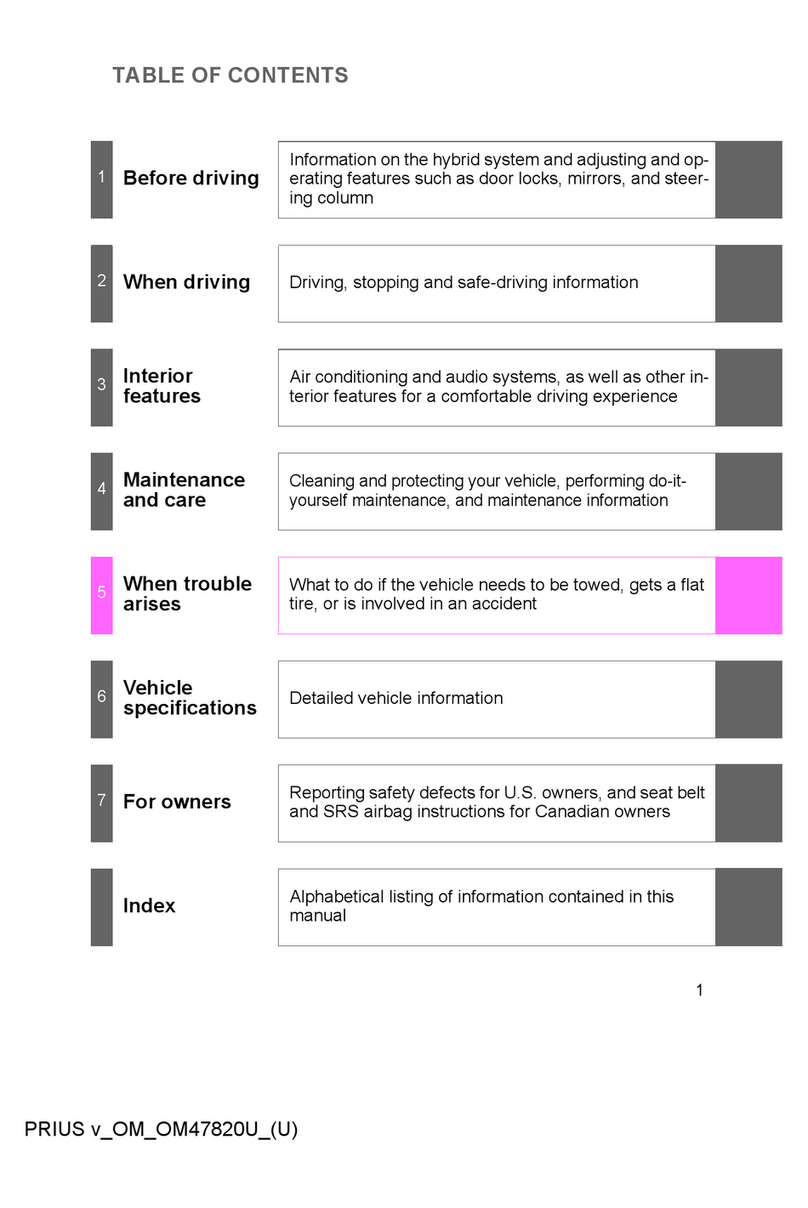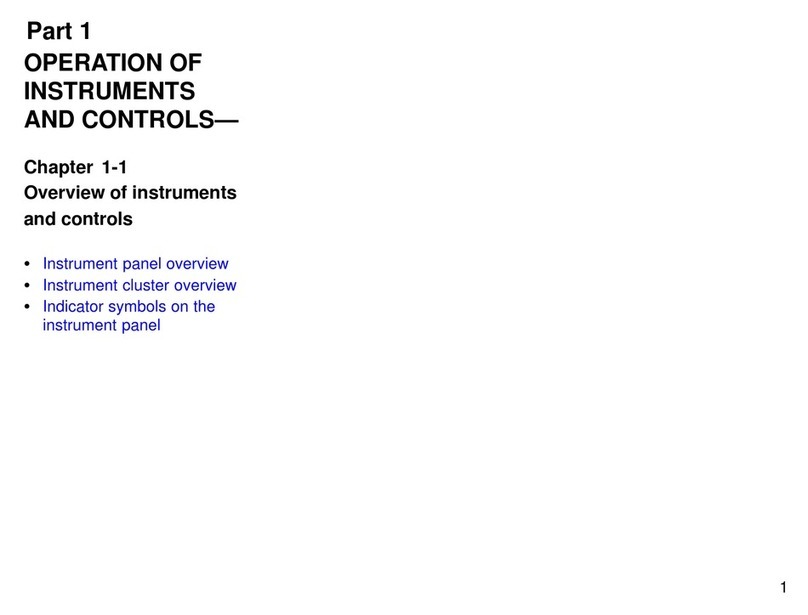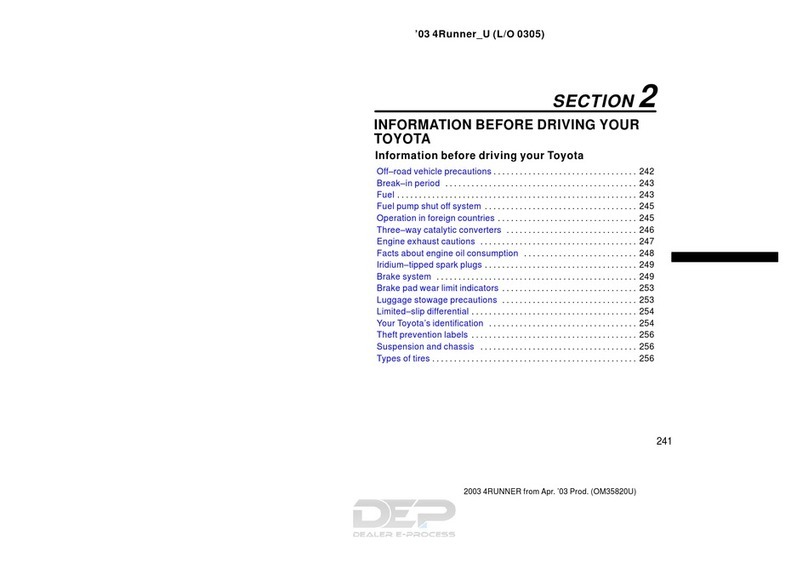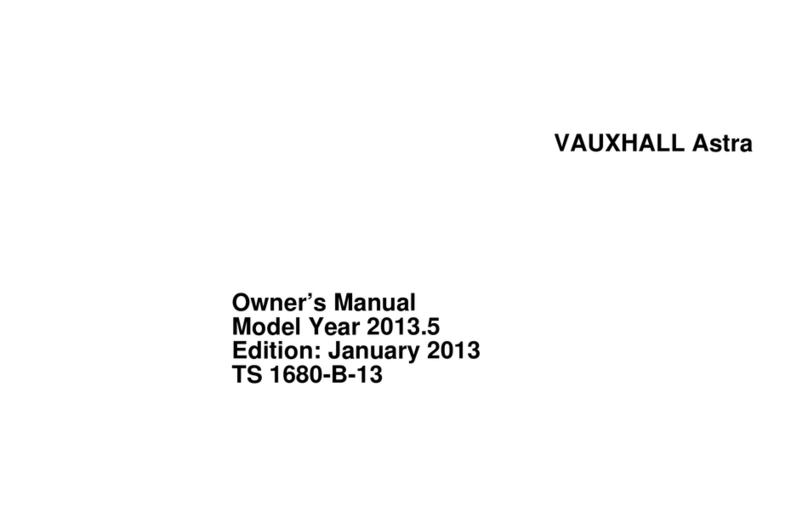-ii- -iii-
Foreword
This guide was developed to educate and assist emergency responders
in the safe handling of the Toyota Prius gasoline-electric hybrid vehicle
following an incident. Prius emergency response procedures are
similar to other Toyota vehicles with the exception of the high voltage
electrical system. It is important to recognize and understand the high
voltage electrical system features and specifications of the Toyota Prius
as they may not be familiar to emergency responders.
High voltage electricity powers an electric motor, generator, and
inverter. All other conventional automotive electrical devices such as
the headlights, radio, and gauges are powered from a separate 12-Volt
battery. Numerous safeguards have been designed into the Prius to
help ensure the high voltage, approximately 274-Volt, Nickel Metal
Hydride (NiMH) Hybrid Vehicle (HV) battery pack is kept safe and
secure in an accident.
The NiMH HV battery pack contains sealed batteries that are similar to
rechargeable batteries used in laptop computers, cell phones, and other
consumer products. The electrolyte is absorbed in the cell plates and
will not normally leak out even if the battery is cracked. In the unlikely
event the electrolyte does leak, it can be easily neutralized with a dilute
boric acid solution or vinegar.
High voltage cables, identifiable by orange insulation and connectors,
are isolated from the metal chassis of the vehicle. These cables are
routed underneath and inboard the floor pan reinforcement which
would not normally be accessed by emergency responders at the scene
of an accident.
Additional topics contained in the guide include:
Toyota Prius identification.
Major hybrid component locations and descriptions.
Extrication, fire, recovery, and other emergency response
information.
Roadside assistance information.
By following the information in this guide, emergency responders will
be able to handle the Prius hybrid-electric vehicle as safely as the
emergency response of a conventional gasoline engine automobile.
Note:
This Prius Emergency Response Guide (Revised) supercedes
the earlier Prius Emergency Response Guide published by
Toyota Motor Corporation in 2000 (Publication No
OTH020U)



















































